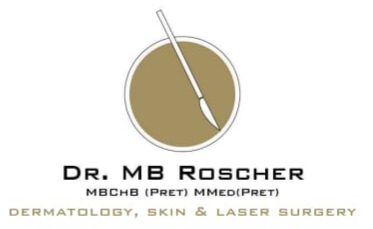The most advanced treatment available today to deal with wrinkling and photo damage.
Fantastic results, excellent safety profile.
Fantastic results, excellent safety profile.
What is fractional laser skin treatment?
Fractional laser skin treatment is an exciting new technology that successfully corrects many dermatological and cosmetic skin conditions, with increased comfort and minimal post-treatment pain and care. Fractional laser skin treatments give excellent results for skin resurfacing and when correcting skin conditions including scars, superficial lesions, epidermal nevi, actinic chelitis, warts, skin tags, and keratoses.
Who first developed fractional lasers for treating skin? Palomar Medical Technologies, Inc. (NASDAQ: PMTI) is the co-inventor and exclusive licensee of the seminal patent for fractional laser skin treatments (United States Patent #6,997,923).
How do fractional laser skin treatments work?
Fractional laser skin treatments create areas of treated tissue surrounded by untreated, healthy tissue. Some fractional skin treatments (e.g., Palomar’s Lux1540 and Lux2940) create narrow, deep columns that extend through the epidermis into the dermis through an array of intense laser energy microbeams.
These columns can either be “non-ablative†(the laser beams coagulate the affected tissue) or “ablative†(the laser beams vaporize the affected tissue). The body’s natural healing process creates new, healthy tissue to replace the columns of affected tissue – improving the skin condition being treated.
What is the difference between Erbium lasers and CO2 lasers?
“Erbium†and “CO2†refer to the materials used to produce laser energy. A CO2 laser uses CO2 gas to produce laser energy. Erbium lasers are solid-state lasers that use Erbium-doped Yttrium Aluminium Garnet (Er:YAG) or Erbium-doped glass (Er:glass) to produce laser energy.
How long will it take before my patients can put on make-up, go out in public, go to work, the gym, etc.?
With a fractional non-ablative treatment, there’s little to no downtime – most patients may resume their daily activities immediately or after only a couple days. For fractional ablative treatments, depending on the level of treatment provided, patients may be able to apply make-up and resume their normal schedule and activities within four days.
